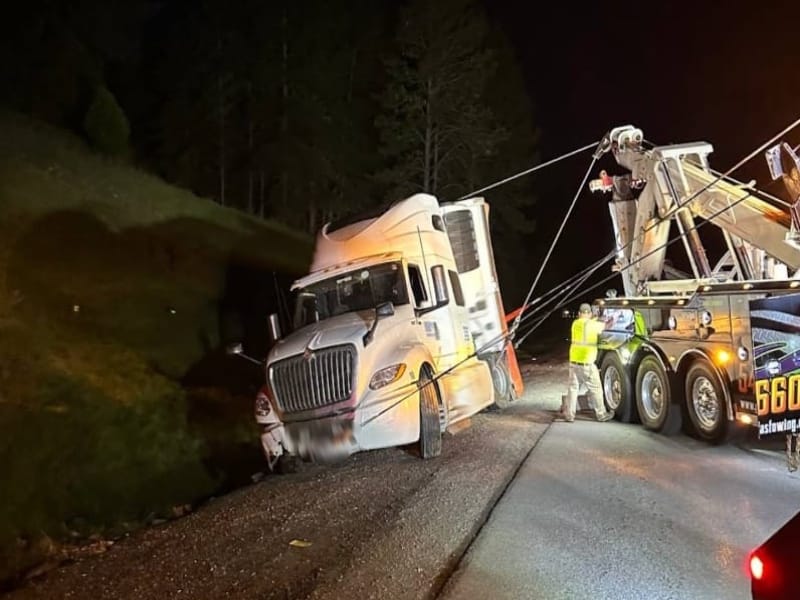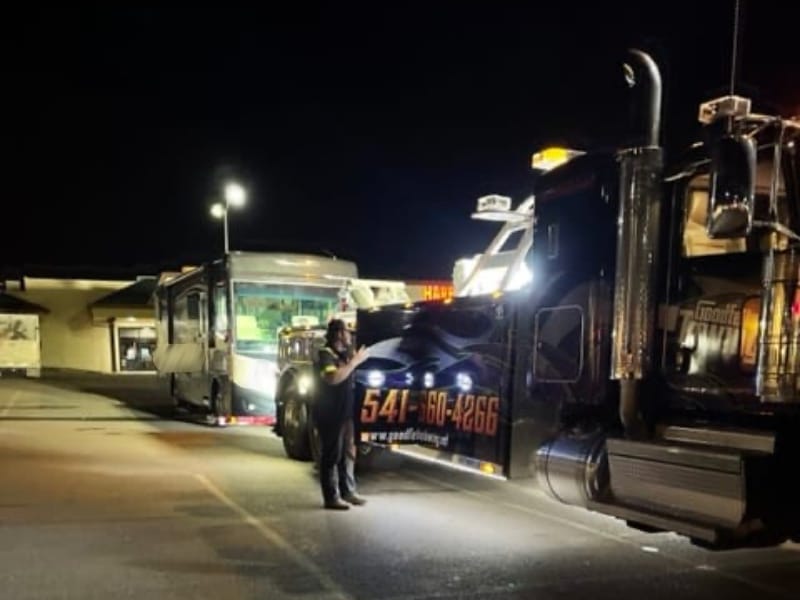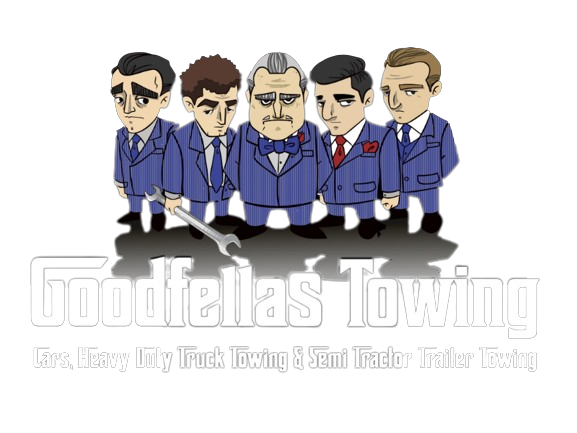Graveyard Shifts and Flashing Lights
When the sun goes down, our work doesn’t stop. If anything, the calls become more urgent and the risks go up. Night towing brings its own set of challenges that are nothing like the daytime grind. Visibility drops, traffic patterns change, and the margin for error shrinks. But people still get flat tires, engines still overheat, and accidents still happen. That’s why our Ashland emergency towing service has to run a round-the-clock operation.

The Call Comes In
Most night calls start the same way: someone stuck on a dark road, unsure of what’s next. It might be a dead battery in a parking lot, a stalled engine on the freeway, or a collision on a country road. No matter the reason, we answer. But answering is only step one. We have to gear up, plan the route, and think through all the variables that come with working after dark.
Navigating in Low Light
Nighttime limits what we can see, and even the most well-lit roads have shadows and blind spots. Add fog or rain, and visibility can plummet fast. That’s why we equip our trucks with high-powered work lights and backup spotlights. These help us assess the scene, hook up vehicles, and double-check safety without relying on dim streetlights or vehicle headlights.
Even with the lights, we rely on teamwork. One of us might direct traffic while another preps the vehicle. Communication has to be sharp.
More Hazards, Less Time to React
Nighttime drivers can be unpredictable. Some are tired, others are distracted by their phones or blinded by bright emergency lights. We have to expect sudden lane changes or last-minute swerves. Working on the shoulder at night can get stressful and dangerous.
To stay safe, we set up flares and reflective cones. We wear high-visibility gear and park the tow truck strategically to shield ourselves and the customer’s vehicle. These steps buy us time and space to work safely.
Every Call is a Risk and a Responsibility
Ashland emergency towing at night means stepping into risky situations to help people get home. And not every call is straightforward. Sometimes we’re pulling a pickup out of a ditch. Other times we’re recovering a vehicle that rolled off a narrow mountain road.
The tools don’t change, but how we use them does. Winch angles, tow hook positions, tire traction—it all matters more when the light is low and the terrain is uncertain.
What Night Towing Demands From Us:
- Extra caution in traffic
- Reliable lighting and communication tools
- Fast situational assessment
- Clear team coordination
- Constant awareness of road and weather conditions

Ashland Emergency Towing: How Goodfellas Towing Keeps Rolling After Hours
Someone has to be there when things go sideways at night. That’s the core of Ashland emergency towing. We’ve towed vehicles from deep forest roads, across icy bridges, and out of empty parking lots in the middle of the night. Each job is different, but the goal is always the same: respond fast, work smart, and bring everyone home safe.
Ashland emergency towing at night isn’t glamorous. It’s cold, dark, and often unpredictable. But that’s where we do some of our most important work.
From late-night fender benders to sudden breakdowns in the dead of winter, we’ve seen it all. And through it all, we’ve made Ashland emergency towing something people can count on no matter the hour.
So next time you see flashing lights on the side of a dark highway, know this: someone’s out there doing Ashland emergency towing with focus, grit, and a deep sense of responsibility. That’s us—Goodfellas Towing—always ready, especially when it’s hardest.

